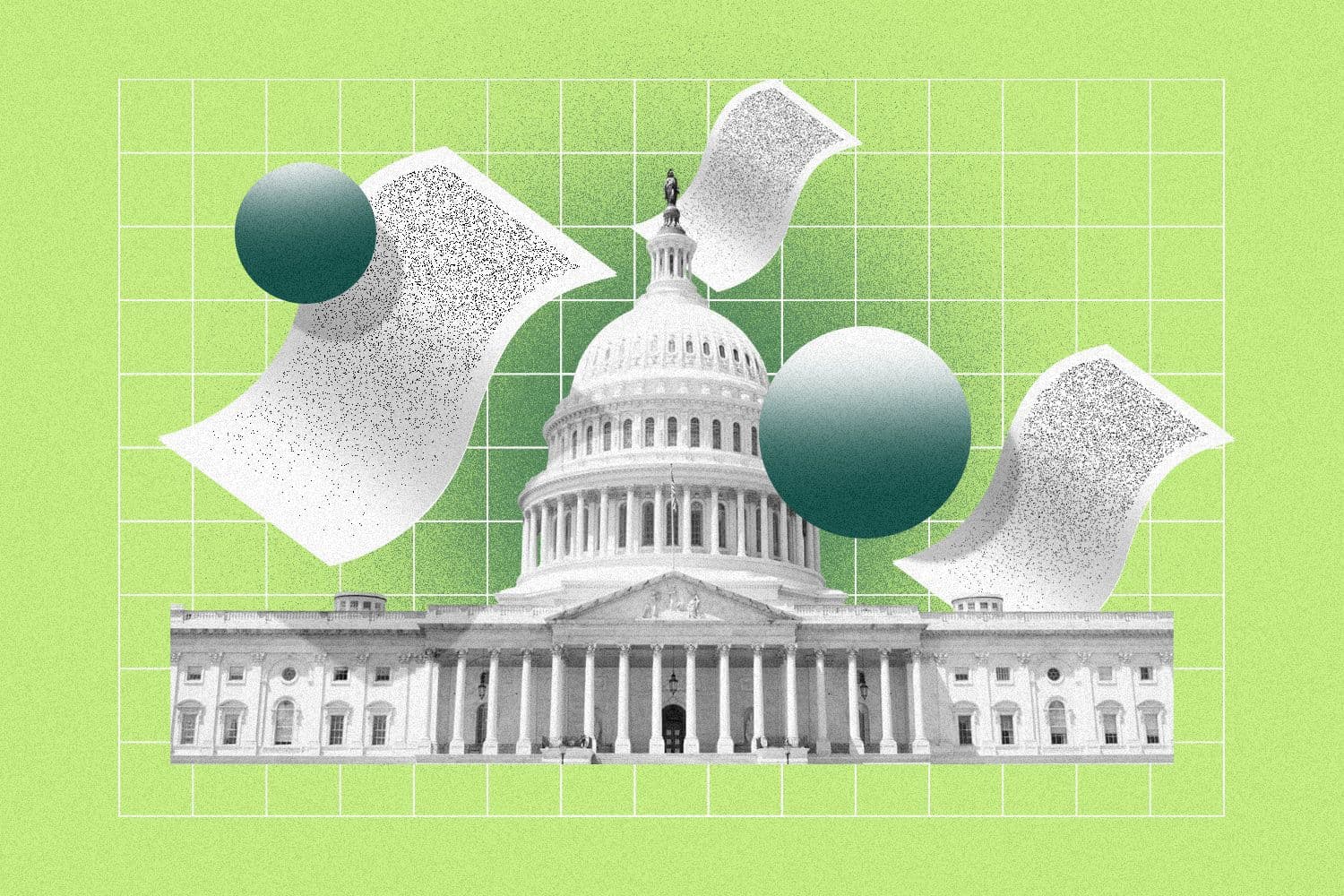Legislative lowdown: Judge vacates NLRB’s joint-employer rule
Judge J. Campbell Barker sides with the plaintiffs, who argue the rule is “inconsistent with common law,” as well as “arbitrary and capricious.”

Francis Scialabba
• 3 min read
Courtney Vinopal is a senior reporter for HR Brew covering total rewards and compliance.
A federal judge vacated a National Labor Relations Board (NLRB) rule for determining joint employment status that was set to take effect March 11.
Judge J. Campbell Barker, a US district judge for the Eastern District of Texas, issued an opinion on March 9 in a lawsuit filed by the US Chamber of Commerce and other business groups challenging the rule. The judge granted a motion for summary judgment to the plaintiffs, who had argued the rule is “inconsistent with common law,” as well as “arbitrary and capricious.”
Final rule challenged on several fronts. The rule, which was adopted in October, proposed a stricter test for determining if two organizations qualify as a “joint-employer” for a group of employees. In its final rule the NLRB laid out a two-part test for determining joint-employer status:
- An employer has a relationship with employees “under common-law agency principles”
- Two or more of the aforementioned employers “share or codetermine those matters governing employees’ essential terms and conditions of employment”
Under the new NLRB rule, two organizations may qualify as a joint-employer if they “possess the authority to control” or “exercise the power to control” workers’ terms and conditions of employment, regardless of whether that control is direct or indirect.
The plaintiffs who sued the NLRB had argued a two-part test for joint-employment wasn’t necessary, as if an entity meets the common-law definition of being the employer of a worker, they would necessarily control “the material details of how the work is to be performed.” Judge Barker agreed with this argument, writing in his opinion, “the Board has not been able to come up with any example of an entity satisfying step one but not step two.”
Quick-to-read HR news & insights
From recruiting and retention to company culture and the latest in HR tech, HR Brew delivers up-to-date industry news and tips to help HR pros stay nimble in today’s fast-changing business environment.
House lawmakers also moved to block implementation of the new joint-employer rule on Jan. 12, passing a Congressional Review Act resolution to overturn it.
The rule was expected to make it easier for two organizations to qualify as a joint-employer, opening them up to legal liability for one another’s actions and the obligation to bargain with unionized employees. Pro-business groups opposed it on the grounds it would make it harder for some employers—particularly those in the franchise industry—to operate.
What now? The decision is likely to be appealed to the US Court of Appeals for the Fifth Circuit, Bloomberg Law reported. The Supreme Court may ultimately weigh in on the matter, attorneys with law firm Littler wrote in a blog post.
In the meantime, employers should defer to 2020 NLRB regulations for determining joint-employer status, Littler attorneys advised. Under that policy, employers are only considered a joint-employer if they exert “substantial and immediate control” over the terms and conditions of employment for a group of employees.
Quick-to-read HR news & insights
From recruiting and retention to company culture and the latest in HR tech, HR Brew delivers up-to-date industry news and tips to help HR pros stay nimble in today’s fast-changing business environment.